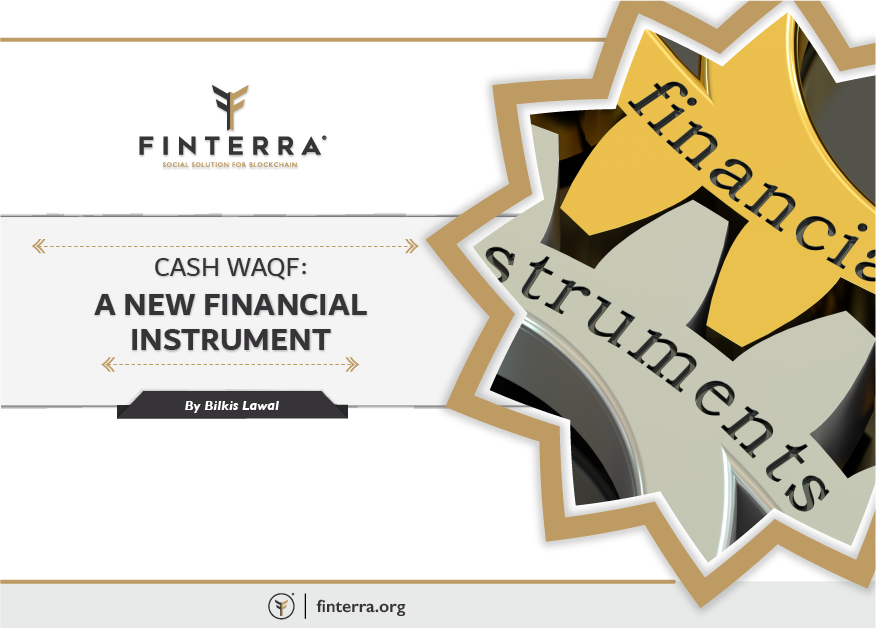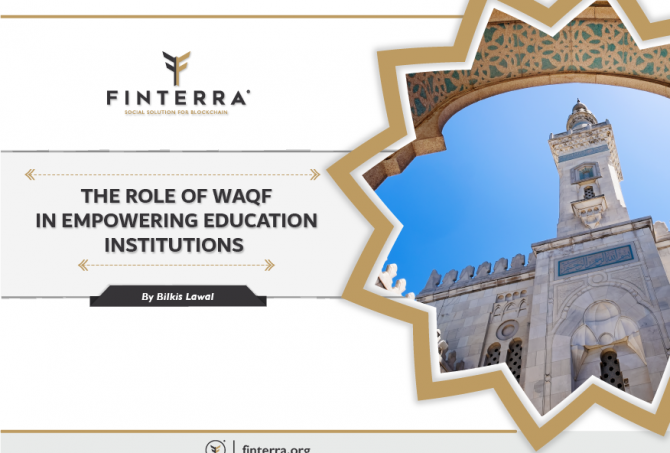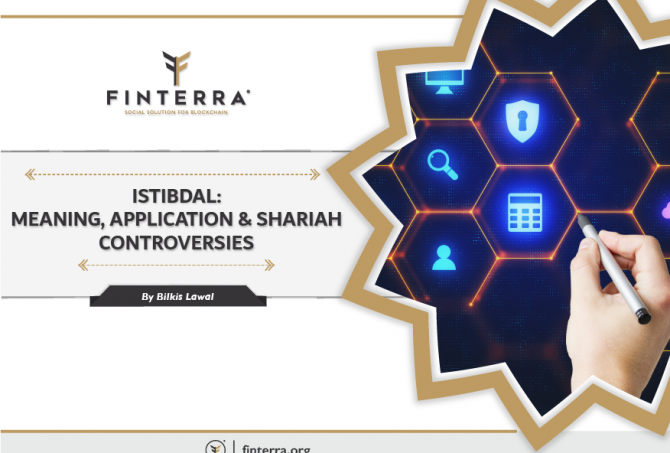CASH WAQF: A new financial instrument
Cash Waqf has found itself amongst the frequently used waqf terminologies. This could have a lot to do with the fact that poverty is on the increase- especially in third world countries. In addition to that is also the unavailability of credit opportunities to grass-root citizens because they are not seen as credible individuals to receive loans. This challenge has all but worsened their economic situation and this is where cash waqf comes into play.
The term Cash Waqf can easily be defined as a monetary form of waqf that is capable of offering assistance to the labouring class. This assistance could come in a form of interest-free loans or non-refundable financial assistance that would go into starting up a small business or seeing to the operations of one.
The idea centres around the mobilization of public funds to be put together as a Waqf asset in a financial form where it is then managed to generate revenue. This revenue is what would be distributed to the beneficiaries.
Similarly, its application is of two types namely, direct and indirect cash waqf. The primary difference between both forms is that where direct waqf is created in cash and channelled directly to the development of any waqf property, indirect cash waqf, although created in cash form first, has to be invested and only the revenue/profit gotten from the investments can be distributed to the beneficiaries.
This version of waqf has its history from the Ottoman empire where it was initially practised. It was utilized for a long period and had a positive impact on the alleviation of poverty during the era. Similarly, another example of its practice could be seen in Fes, Morocco where it was implemented in the financial activity of lending and borrowing without interest on the principal amount.
Besides, its success is evident in contemporary practices as well. Like in Middle Eastern countries such as Kuwait, Oman, UAE and Saudi Arabia as well as some in Asia such as Malaysia have been practising the concept of cash waqf for a long time. This has seen to the realization of various models for its implementation. Its application can be seen in financing education, building masjids, schools, hospitals etc these are usually done by crowdfunding platforms where a cash pool is formed and channelled to certain projects. Also, there have been instances where it has been structured to cater to investment. This model is been used by various countries and institutions amongst which are; the Social Investment Bank Limited of Bangladesh and even Finterra technologies. The former example is likely to fall under direct cash waqf while the later can be categorised as indirect cash Waqf.
More examples of its use would be in the financing of equity that Islamic banks as well as banks that have opened up Islamic financing windows partake in. further prospects for cash waqf would include the establishment of a waqf bank where cash waqf would play a very active role in.
Moreover, just like other forms of Waqf, Cash Waqf is subjected to similar conditions to render its permissibility as a Waqf asset. Conditions such as; Irrevocability – which prevents the owner from taking the asset back once it has been given. Perpetuity that sees to its continuous ability to generate revenue as well as inalienability which prevents anyone from being its owner once it has been created.
In conclusion, the fintech industry has begun penetrating this field. This could lead to a possible increase in the volume of cash waqf as with the implementation of technology comes the ease in which people donate money to Waqf institutions. It would even lead to an increase in trust as technology breeds transparency. Fintech companies such as Finterra, Ensany, Global Sadaqah and LaunchGood are amongst the forerunners in trying to propagate and practise this concept.
The term Cash Waqf can easily be defined as a monetary form of waqf that is capable of offering assistance to the labouring class. This assistance could come in a form of interest-free loans or non-refundable financial assistance that would go into starting up a small business or seeing to the operations of one.
The idea centres around the mobilization of public funds to be put together as a Waqf asset in a financial form where it is then managed to generate revenue. This revenue is what would be distributed to the beneficiaries.
Similarly, its application is of two types namely, direct and indirect cash waqf. The primary difference between both forms is that where direct waqf is created in cash and channelled directly to the development of any waqf property, indirect cash waqf, although created in cash form first, has to be invested and only the revenue/profit gotten from the investments can be distributed to the beneficiaries.
This version of waqf has its history from the Ottoman empire where it was initially practised. It was utilized for a long period and had a positive impact on the alleviation of poverty during the era. Similarly, another example of its practice could be seen in Fes, Morocco where it was implemented in the financial activity of lending and borrowing without interest on the principal amount.
Besides, its success is evident in contemporary practices as well. Like in Middle Eastern countries such as Kuwait, Oman, UAE and Saudi Arabia as well as some in Asia such as Malaysia have been practising the concept of cash waqf for a long time. This has seen to the realization of various models for its implementation. Its application can be seen in financing education, building masjids, schools, hospitals etc these are usually done by crowdfunding platforms where a cash pool is formed and channelled to certain projects. Also, there have been instances where it has been structured to cater to investment. This model is been used by various countries and institutions amongst which are; the Social Investment Bank Limited of Bangladesh and even Finterra technologies. The former example is likely to fall under direct cash waqf while the later can be categorised as indirect cash Waqf.
More examples of its use would be in the financing of equity that Islamic banks as well as banks that have opened up Islamic financing windows partake in. further prospects for cash waqf would include the establishment of a waqf bank where cash waqf would play a very active role in.
Moreover, just like other forms of Waqf, Cash Waqf is subjected to similar conditions to render its permissibility as a Waqf asset. Conditions such as; Irrevocability – which prevents the owner from taking the asset back once it has been given. Perpetuity that sees to its continuous ability to generate revenue as well as inalienability which prevents anyone from being its owner once it has been created.
In conclusion, the fintech industry has begun penetrating this field. This could lead to a possible increase in the volume of cash waqf as with the implementation of technology comes the ease in which people donate money to Waqf institutions. It would even lead to an increase in trust as technology breeds transparency. Fintech companies such as Finterra, Ensany, Global Sadaqah and LaunchGood are amongst the forerunners in trying to propagate and practise this concept.




